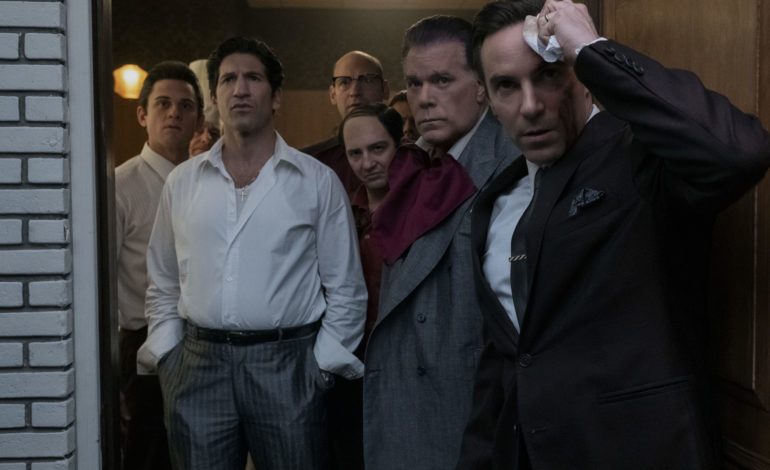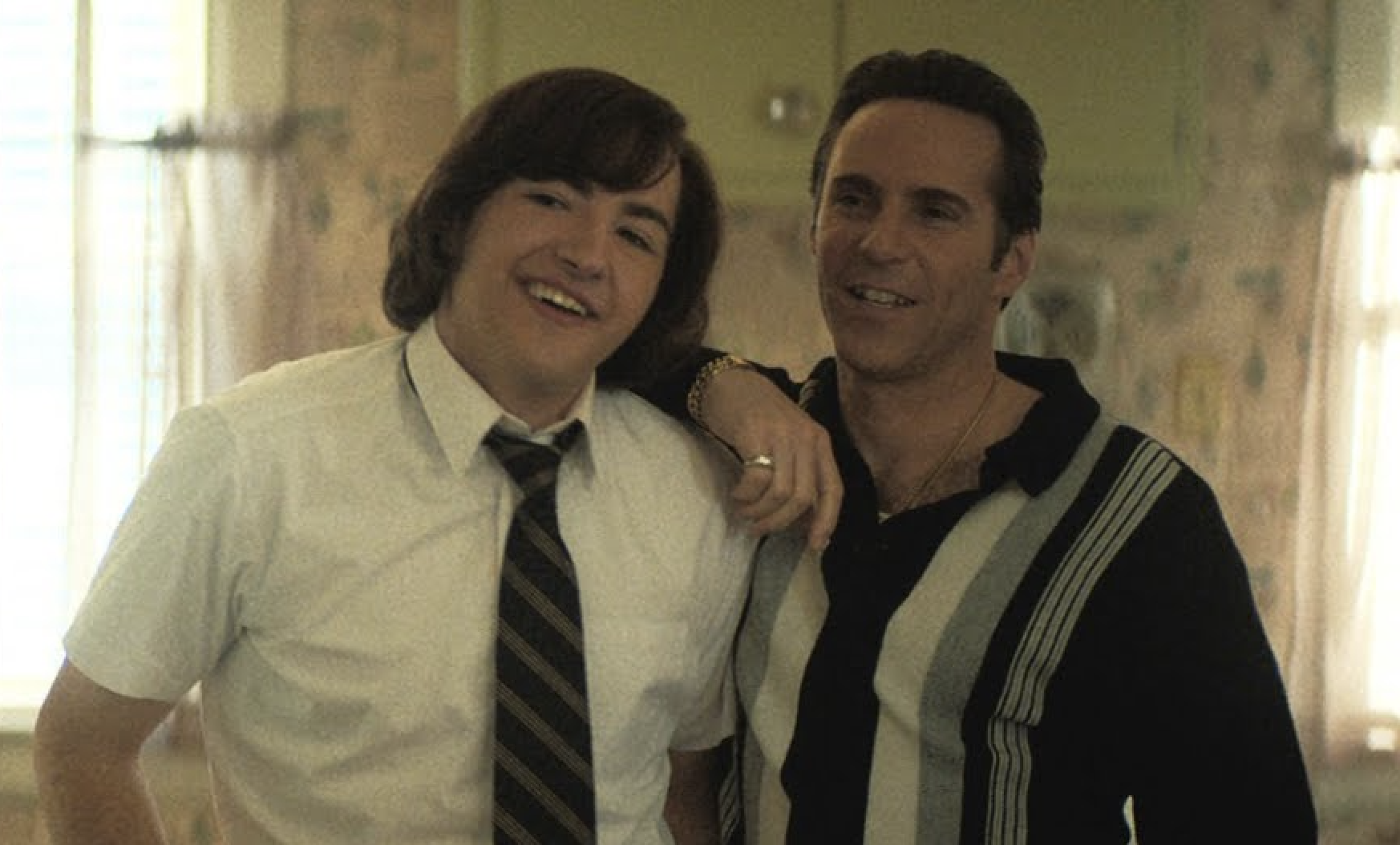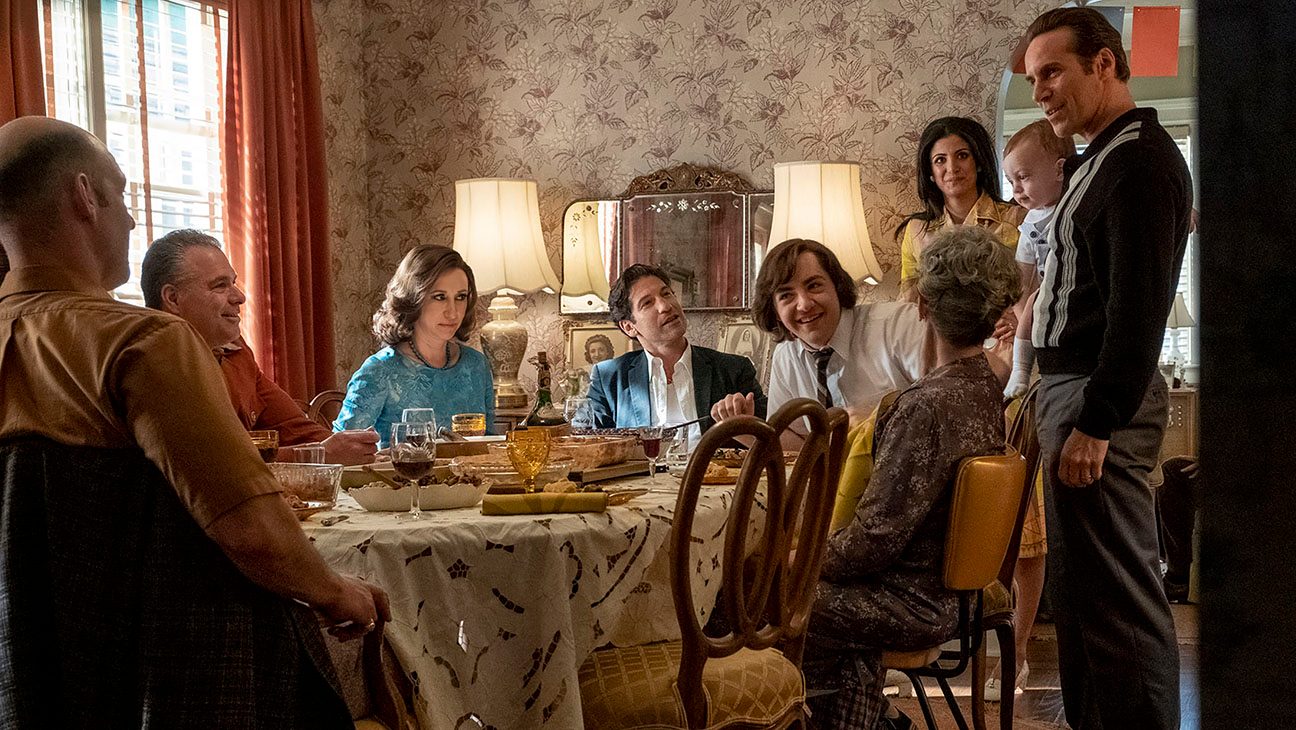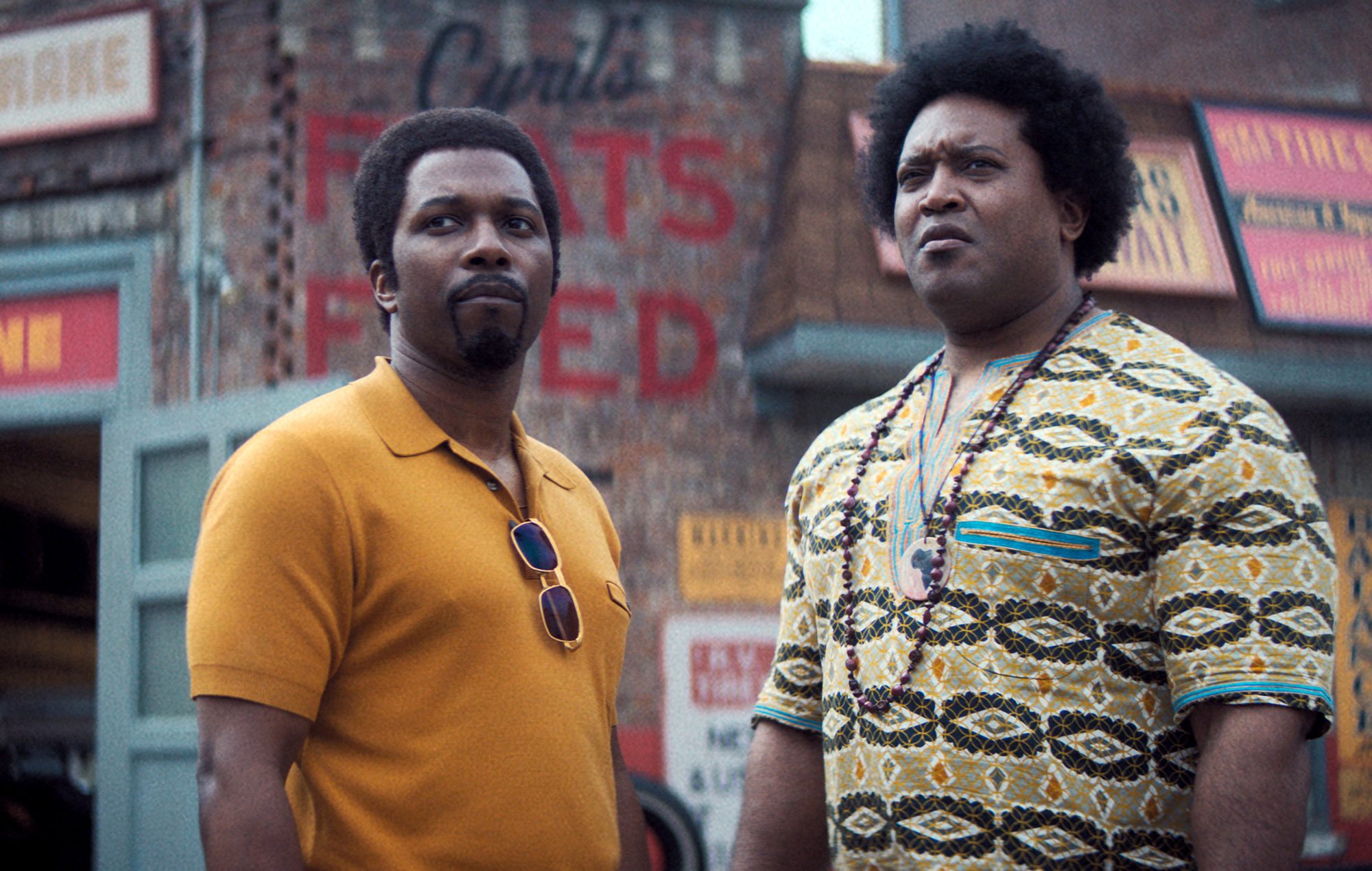

The Many Saints of Newark is similar to a lot of prequels. It’s cool to watch if one is familiar with the source material. There are a ton of familiar characters, and the viewer gets to see what life was like for the characters before the beloved show, which the prequel is based off of. However, akin to other prequels, The Many Saints of Newark can also be confusing for those unfamiliar with the original show, The Sopranos, and loses it’s value as a self-contained film.
In a mafia movie where a majority of the conflict stems from the tensions between characters within their respective organization or outside of it, the performances that the actors give is really what makes or breaks these interactions. Luckily, most of the actors land their performances. Although there wasn’t one or two standout actors, there are a couple worth noting.


The main character of Dickie Moltisanti (Alessandro Nivola) leads the audience through the illicit dealings of this mafia. Nivola effectively gets the audience to root for Dickie throughout the film despite his nefarious dealings. Although Dickie is no stranger to crime and violence, he is still an empathetic character because of the kindness he shows to his family and to Tony Soprano as both a kid (William Ludwig) and a teenager (Michael Gandolfini), to whom Dickie is like an uncle.
This connection helps the audience see a softer side of Dickie and helps to make Dickie a more sympathetic character. The viewer is also treated to Dickie visiting his own uncle in jail, which end up as pseudo-therapy session. The similarity of showing us a character who commits evil deeds while also trying to be a better person is very reminiscent of Tony Soprano (James Gandolfini) from the original series.
Speaking of Sopranos, another standout performance comes from a teenage Tony Soprano played by Michael Gandolfini, the son of the late James Gandolfini who played Tony Soprano in the original series. Michael shows the audience what it’s like to grow up in a mafia family and how that affects his life as a normal teenage boy. A young Tony Soprano has all of the angst and anger of an average teenage boy with the poor role models within his family. This combination makes for a troubled Tony who really just wants to play football, but is also tempted by the life that he has seen his family enjoy. Michael Gandolfini, despite his relatively minimal screen time, invites the audience to fully experience this conflict of interests that plagues Tony throughout the film.
Last but not least, Michela De Rossi gives an entertaining performance as Giuseppina Moltisanti, the young wife of Dickie’s father, ‘Hollywood Dick’ Moltisanti (Ray Liotta), who eventually becomes Dickie’s mistress. She comes over to America from Italy at the beginning of the film as, basically, Hollywood Dick’s trophy wife. By the end of the film, she’s a strong woman who is making her own decisions and shows how she will not be bullied by the strong-willed men of this family. Although not all of her decisions are completely moral, Rossi makes the audience believe that Giuseppina is making the best of a bad situation as a recent immigrant who is now lost and alone in a new country.


The cinematography, although nothing special, is effective at conveying the story that needs to be told. However, there is one particular beach scene towards the end of the film that is shot beautifully and stands out compared to the rest of the film. The way in which the waves roll over the actors and the the sunlight gleams off of the sand and water stays in the viewer’s memory after the film has ended.
Even if the cinematography didn’t necessarily stand out, the sound design definitely did. Like most mafia movies, firearms and the shooting of said firearms is a common occurrence. The Many Saints of Newark shows us realistic firing sounds and visuals which makes the film feel authentic and grounded.
Most of these scenes involving gunfire lack loud background music scores which only makes the gunshots more prominent and effective. The special effects used for blood as a result of these gunshots is just enough to convey the severity of gunshot wounds, but not too over-the-top to remind the audience that it is just a film. For a genre where death and violence are a major component, The Many Saints of Newark has a very authentic and grounded approach to said violence which resonates with the viewer.


The Many Saints of Newark looks good, sounds great, and is acted well, but what about the story, which all of these aspects are supposed to help convey?
There is not a clear goal which the characters are always working towards, but not all mafia movies have that. Most movies in this genre seem to just depict how this type of organized crime is dangerous with the mounting deaths of the main characters and their friends. Oftentimes, seeing how this type of life affects people is enough. The strong acting and tensions between characters is often enough to make this type of plot work. The Many Saints of Newark has this similar approach to telling a story, but fails to achieve the caliber of other critically acclaimed films in this genre such as The Godfather or Goodfellas. There is just not enough plot to follow throughout the film and not enough consistent character tension to make this approach viable in this film. The shortcomings of this approach are evident by the final climax of the film which felt disappointing.
Verdict: 3.5 out of 5
The Many Saints of Newark is enjoyable to watch, but it doesn’t manage to stick the landing as well as other mafia movies. After viewing the film, the viewer may be hard-pressed to answer the question, “What was that movie about?” Yes, it’s a prequel to The Sopranos, but that fact alone can’t excuse the shortcomings of the film. A film must be able to stand on its own despite connections to other forms of media which it is based on or connected to. Fans of the original show may find enjoyment alone in the fact that this is a prequel to the beloved crime drama, but those who have not seen the show may be confused and disappointed.
